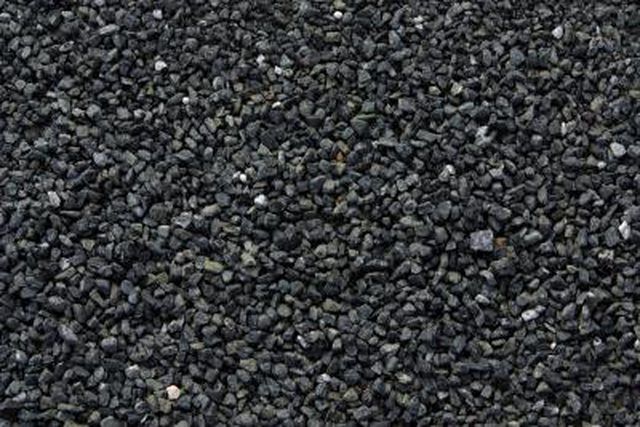Bulbs
Flower Basics
Flower Beds & Specialty Gardens
Flower Garden
Garden Furniture
Garden Gnomes
Garden Seeds
Garden Sheds
Garden Statues
Garden Tools & Supplies
Gardening Basics
Green & Organic
Groundcovers & Vines
Growing Annuals
Growing Basil
Growing Beans
Growing Berries
Growing Blueberries
Growing Cactus
Growing Corn
Growing Cotton
Growing Edibles
Growing Flowers
Growing Garlic
Growing Grapes
Growing Grass
Growing Herbs
Growing Jasmine
Growing Mint
Growing Mushrooms
Orchids
Growing Peanuts
Growing Perennials
Growing Plants
Growing Rosemary
Growing Roses
Growing Strawberries
Growing Sunflowers
Growing Thyme
Growing Tomatoes
Growing Tulips
Growing Vegetables
Herb Basics
Herb Garden
Indoor Growing
Landscaping Basics
Landscaping Patios
Landscaping Plants
Landscaping Shrubs
Landscaping Trees
Landscaping Walks & Pathways
Lawn Basics
Lawn Maintenance
Lawn Mowers
Lawn Ornaments
Lawn Planting
Lawn Tools
Outdoor Growing
Overall Landscape Planning
Pests, Weeds & Problems
Plant Basics
Rock Garden
Rose Garden
Shrubs
Soil
Specialty Gardens
Trees
Vegetable Garden
Yard Maintenance
How to Put a Crushed Granite Walkway in Your Backyard
How to Put a Crushed Granite Walkway in Your Backyard. Installing a crushed gravel walkway in your yard provides a surface to walk on when the grass is wet and muddy. There are several advantages to using gravel instead of concrete. A gravel walkway is cheaper than using concrete, it allows water to seep into the ground rather than sit on top of...

Installing a crushed gravel walkway in your yard provides a surface to walk on when the grass is wet and muddy. There are several advantages to using gravel instead of concrete. A gravel walkway is cheaper than using concrete, it allows water to seep into the ground rather than sit on top of the surface, which can make concrete slippery -- especially in the winter when it gets icy -- and it doesn't stand out the way a bare concrete slab does.
Things You'll Need
Shovel or spade
Rake
Tamp
Crushed gravel
Garden hose
Landscaping fabric
2-by-4-inch board
Saw
Tape measure
Metal edging
Hammer
Stepping stones
Dig a trench in the yard where you're installing the walkway. The trench should be 4 inches deep.
Smooth the bottom of the trench with a rake and tamp it down to make the ground firm.
Pour 2 1/2 inches of gravel into the bottom of the trench and smooth it with a rake. Spray the gravel with water to reduce dust.
Compact the gravel with the tamp.
Place landscaping fabric into the trench. This acts as a barrier that stops weeds from growing up through the gravel.
Cut a piece of 2-by-4 board that is 4 feet long and cut two notches into the board spaced 3 feet apart. The board will be used to space metal edging.
Install metal edging on one side of the trench. Edging is often installed by placing it against the side of the trench and securing it by driving metal pins into the ground though holes in the edging. Read the manufacturer's instructions for the edging you purchased to be sure of the proper installation method.
Place the 4-foot long 2-by-4 across the trench at one end, sliding one of the notches over the edging.
Install the edging on the other side of the trench. When setting the edging, slide the second notch in the 2-by-4 over top and secure the edging into the ground. Repeat this every few feet as you set the edging to ensure that the spacing across the trench is a uniform 3 feet.
Backfill the gaps around the outside of the edging.
Fill the trench with gravel until it's 1/2 inch below the top of the edging.
Smooth the gravel with a rake. Place stepping stones on top of the gravel, if desired.